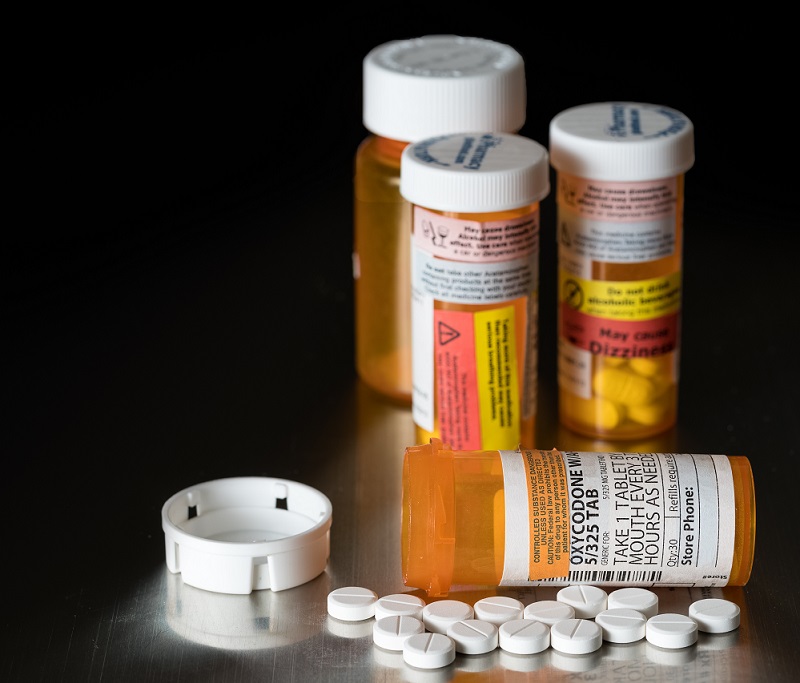It’s impossible to ignore the fact more people are dying from opioid overdoses than from breast cancer or automobile accidents. And no one can argue the situation is getting better. According to the Centers for Disease Control and Prevention, 72,000 Americans died from opioid overdoses in 2017 — up nearly 10% from 2016.
Solutions? A PR campaign — as recommended by President Donald Trump and others — designed to discourage youngsters from abusing opioids? I don’t think so. Just Say No didn’t work. This is Your Brain on Drugs flopped.
In fact, some studies suggest such ads may create an interest in narcotics. Besides, addiction often starts not because a kid wants to get high, but when a patient refills one too many opioid prescriptions.
Only advertisers think PR holds the answer.
Large fines and billion-dollar lawsuits punishing opioid manufacturers didn’t work in the past. The prosecution of Purdue Pharma in 2006 and 2007 made headlines but accomplished little.
And I doubt the current lawsuits cropping up around the country will do much, either. At best, the companies will hunker down and then return to business as usual. At worst, they’ll be forced out of business, and a lot of people who need opioid-level pain relief will be in misery.
Because the problem of prescription opioid abuse is largely attributable to some in our industry, why don’t we just roll up our sleeves and fix it?
Sander Flaum, Flaum Navigators
Only lawyers believe legislation and litigation will help.
What about throwing users and pushers in jail? We did that in the ’80s and ’90s with the Rockefeller Drug Laws. All we did was incarcerate thousands of people for long sentences without putting a dent in the problem.
We’d be nuts to go down that road again.
Let’s consider a new approach. Because the problem of prescription opioid abuse is largely attributable to some in our industry, why don’t we just roll up our sleeves and fix it? Here are a few thoughts.
Let’s develop industrywide standards for ethical promotion. A widely quoted study noted when opioids are started in the hospital, only about 0.6% of patients become addicted. But a finding of that study you don’t often see is the more doses in the initial prescription and the more refills are allowed, the higher the rate of addiction.
Another study showed nearly 30% of opioid prescriptions are written without a medical rationale. We must encourage rational prescribing and long-term follow-up.
I’m sure scientists can create opioids with lower risk of overdose and addiction. Maybe they’ll even bypass opioid receptors altogether. At a recent meeting of the American Chemical Society, researchers from Merck, Genentech, and Amgen reported encouraging results with drugs targeting non-opioid receptors.
Finally, let’s target opioid dependence. We’ve made huge strides with products such as Naloxone that reverse drug overdoses, but it may be also possible to treat addiction itself. According to an April article in Science, the GABA inhibitor vigabatrin has demonstrated potential, and an investigational drug, OV329, has also shown promise.
But there’s more. As we bring these new agents to market, we must work with payers to ensure they’ll be available at prices comparable to those of today’s opioids. Traditional models for pricing new drugs and determining co-pays won’t work.It’s time for pharma to own up to its collective responsibility and do what it does best. Let’s cure the opioid epidemic
From the November 01, 2018 Issue of MM+M - Medical Marketing and Media







